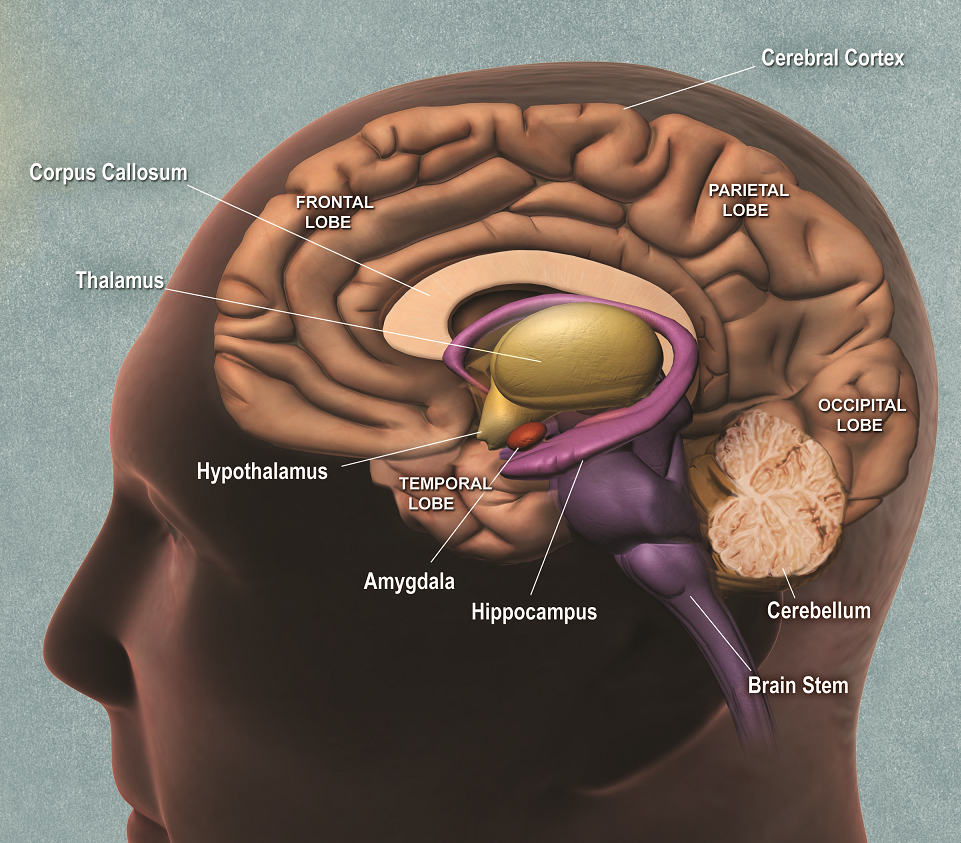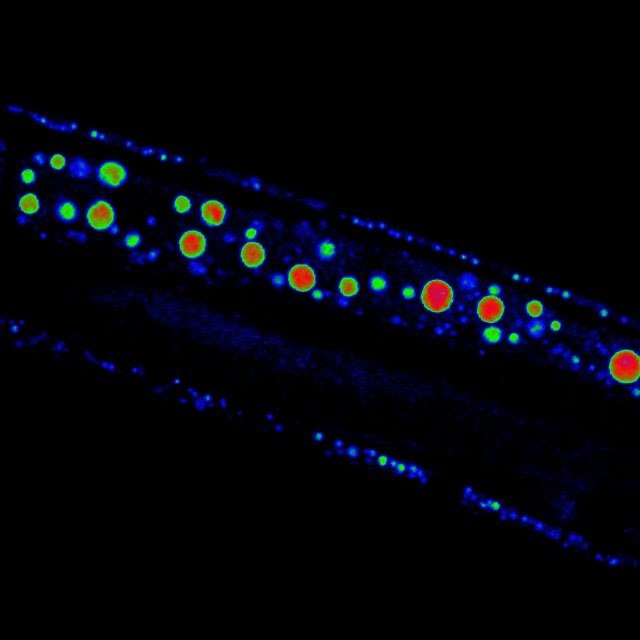He said/she said about body weight control
When male and female mice eat the same high-fat diet, the males gain significantly more weight than the females. The reasons for this difference between sexes are not completely understood, but in his lab at Baylor College of Medicine, Dr. Yong Xu and his colleagues propose that part of the answer may be in the brain.

“One of my lab’s research goals is to better understand the role the brain plays in body weight control,” said Xu, who is associate professor of pediatrics and of molecular and cellular biology and the USDA/ARS Children’s Nutrition Research Center at Baylor College of Medicine and Texas Children’s Hospital. “In this study we propose a novel mechanism that may contribute to this difference between sexes.”
It’s been proposed that two main factors are likely to be involved in gender differences in body weight control; the sex chromosomes and the sex hormones. Males have one X and one Y chromosome, and females have two X chromosomes, but scientists understand very little about which genes on the sex chromosomes contribute to this issue. Males’ major sex hormone is testosterone, and females have high levels of estrogen and progesterone in their blood. Scientists agree that these hormones probably play a main role in regulating body weight.
“Differences in sex chromosomes and in sex hormones are important, but we have always wondered whether there is a third group of factors that may also contribute to the sex differences in the ability to regulate body weight,” Xu said. “We think ours is among the first studies looking at the brain to understand weight control differences between males and females.”
A closer look at the weight control center of the brain
Previous work had shown that the brain has several neuron populations that are very important for weight control. In this study, Xu and his colleagues determined whether these populations were different between male and female mice.
“One of the most important functions of all neurons is firing electrical signals. That’s how neurons talk to each other and to other tissues,” Xu said. “We compared the firing rate of many types of neurons between males and females and found a few that fired differently. We focused on one type, called POMC neurons, located in the hypothalamus.”

“POMC neurons in the hypothalamus help maintain normal body weight by inhibiting appetite and promoting energy expenditure in response to chronic high fat diet feeding,” said first author Dr. Chunmei Wang, an instructor in the Xu lab.
“We tested the firing rate of POMC neurons using electrophysiological techniques,” said first author Dr. Yanlin He, postdoctoral associate in the Xu lab. “Our results show that female POMC neurons fire faster than male neurons.”
But why do female POMC neurons fire faster than male’s? Xu and his colleagues screened POMC neurons for gene expression and found many genes that are expressed differently between males and females. One of the genes, TAp63, is expressed more in females than in males.
“We know from previous work that when we knock out the gene TAp63 in the entire body of a mouse, the animal becomes obese,” Xu said. “Here, we knocked out the gene only in POMC neurons and strikingly, this change did not affect male mice. On the other hand, female mice developed male-like obesity.”
Knocking out TAp63 not only affected weight control in females, it also decreased the firing activity of female POMC neurons to the level of male’s. Knocking out TAp63 in males, however, did not affect the firing rate of their POMC neurons.
These findings led the researchers to propose a novel mechanism that may contribute to sex differences in weight control. Female POMC neurons express higher levels of TAp63, which leads the neurons to fire faster than males. This results in the females having less appetite, spending more energy and therefore being more protected than males from gaining weight. The researchers think that these results may facilitate the future development of gender-specific therapeutic strategies for obesity and associated metabolic disorders.
We think that our findings suggest that, in addition to studying chromosome and hormonal differences between males and females, scientists should also pay attention to this third category of factors,” Xu said. “We hope our study will encourage other scientists to continue investigating this line of research.”
Read the complete study in the journal Nature Communications.
Other contributors of this work include Pingwen Xu, Yongjie Yang, Kenji Saito, Yan Xia, Xiaofeng Yan, Antentor Hinton Jr., Chunling Yan, Hongfang Ding, Likai Yu, Gang Shu, Rajat Gupta, Qi Wu, Qingchun Tong, William R. Lagor and Elsa R. Flores.
This work was supported by grants from the National Institutes of Health (R01DK093587, R01DK101379, R01DK117281, K99DK107008, R01DK109194, R56DK109194, R01DK092605, and NCI R35CA197452), the USDA/ Current Research Information System (3092-5-001-059) and the American Diabetes Association (1-17-PDF, 7-13-JF-61, 1-15-BS-184). Further support was provided by American Heart Association awards (17GRNT32960003, 16POST27260254 and 16BGIA26420102) and funds from the USDA/ Agricultural Research Service.



